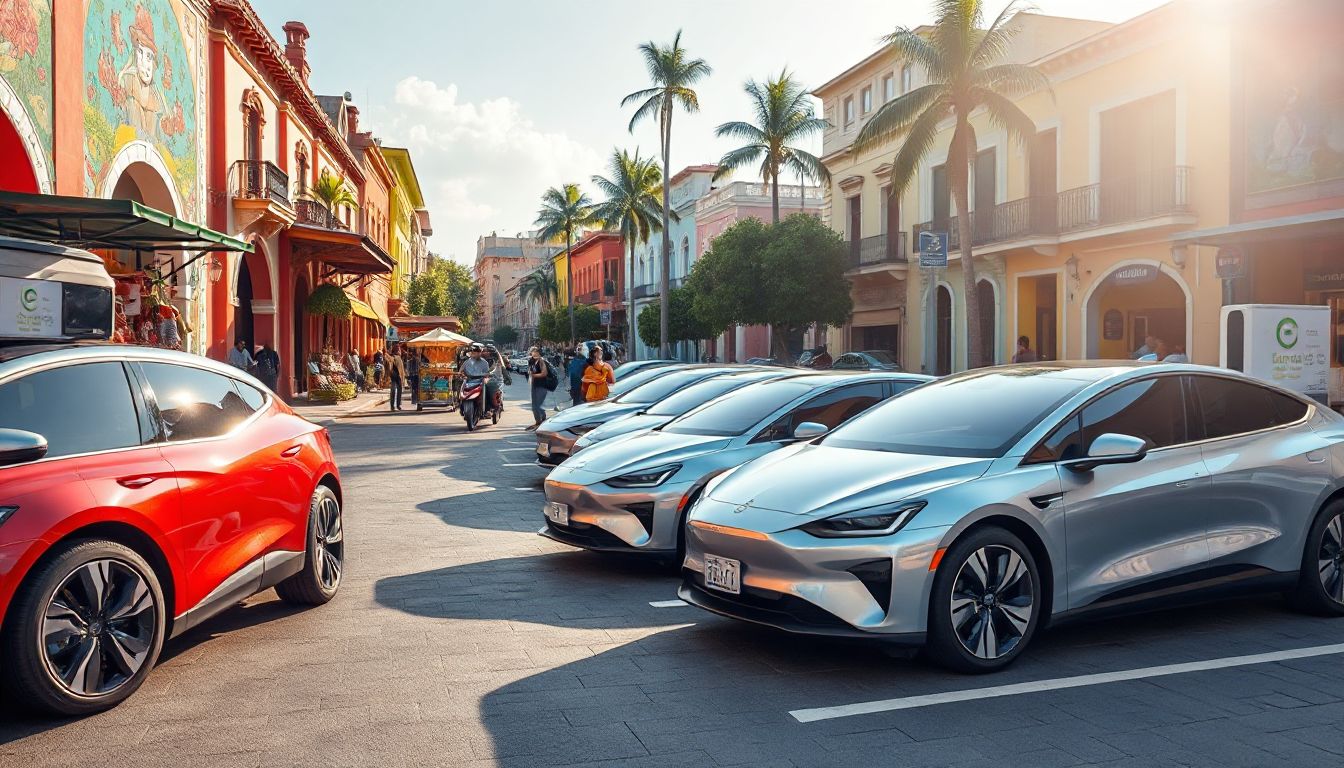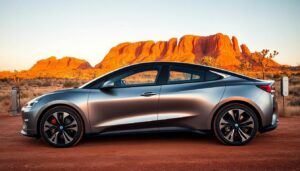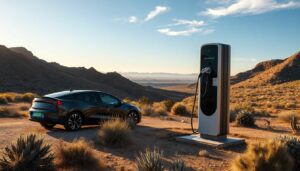Introduction
Electric vehicles (EVs) are transforming the way we get around everywhere. China is now a big player in making these cars due to their fast-growing industry. Recently, Chinese electric cars are making their way into Mexico, opening new doors for consumers and automakers. But what does that really mean for Mexico’s car market? Understanding how Chinese EVs are being accepted, the laws that support them, and what’s next is key. This article digs into all those aspects and explains how Chinese electric cars are reshaping Mexico’s roads.
The Growth of Chinese Electric Vehicles in Mexico
Current Market Landscape
Mexico’s move toward electric vehicles is noticeable. According to recent numbers, EVs hold around 1.5% of the country’s car market, but that number is climbing fast. Brands like BYD, NIO, and Geely are now common sights and are gaining ground.
For example, BYD launched a line of affordable electric buses and compact cars last year. Their sales numbers doubled compared to the previous year, showing strong demand. Meanwhile, Geely has opened its first local showroom in Mexico City, aiming to attract the budget-conscious buyer. These moves highlight how Chinese companies are quickly becoming important in Mexico’s EV scene.
Factors Driving Adoption
Several things help explain Chinese EV popularity. First, they usually cost less than similar models from Tesla or Nissan. That makes them attractive to new buyers. Also, Chinese companies have made big progress with battery technology—offering longer range and better performance.
Mexican consumers are starting to recognize the value of these cars. They see Chinese brands as affordable and innovative. Plus, many are curious about the smart features like touchscreens and connectivity that Chinese cars bring. All of this creates more trust and interest over time.
Government Policies and Regulatory Environment
Mexican Electric Vehicle Regulations and Incentives
Mexico is working to encourage EV use. The government offers tax breaks and subsidies for people who buy electric cars, especially those that meet certain standards. For example, buyers can get up to 30% off on the purchase price or reduced registration fees.
New policies also support importing and building Chinese EVs. Recently, Mexico negotiated trade terms that lower import taxes for electric vehicles, especially from China. Upcoming rules are expected to further boost EV sales, including faster approval processes and more incentives.
China’s Support for Its EV Industry
Back in China, the government heavily supports electric vehicle makers. They provide generous subsidies, tax breaks, and easy access to financing. Chinese brands expand their exports by both selling cars overseas and forming partnerships with local companies.
Some trade agreements have also made it easier for Chinese EVs to enter markets like Mexico. While tariffs sometimes complicate things, recent trade deals help Chinese companies keep prices competitive. This support makes it possible for Chinese brands to enter and stay in the Mexican market.
Challenges Faced by Chinese EV Brands in Mexico
Regulatory and Market Barriers
Despite the growth, Chinese EV brands face hurdles. Import tariffs can make their cars more expensive for Mexican buyers. Also, meeting local safety standards and certification processes can slow things down. Competition is fierce, especially with established brands like Tesla and Nissan.
Consumer Trust and Brand Perception
Some Mexican customers still doubt Chinese car quality. They worry about after-sales support and parts availability. Building a trustworthy reputation takes time. Chinese automakers are investing in local service centers and promoting warranties to change these perceptions.
Supply Chain and Infrastructure
Charging stations are crucial for EV adoption. While Mexico is expanding its charging network, tailored solutions for Chinese models are limited. Plus, logistics issues such as parts supply and maintenance services can delay repairs, making buyers hesitant.
Opportunities and Future Outlook
Market Potential and Growth Drivers
As environmental concerns grow, more Mexicans want eco-friendly options. The government’s push for cleaner transportation fuels further boosts EV sales. Additionally, increasing urban income and younger buyers wanting smart cars create a promising market. Experts predict Chinese EV market share could reach 15-20% in the next five years.
Strategic Initiatives by Chinese Automakers
Chinese brands are forming partnerships locally. BYD is planning to build a manufacturing plant in northern Mexico to cut costs and produce models specifically for the Mexican market. Others are introducing affordable SUVs and city cars, aligned with Mexican tastes and budgets.
Technological Trends and Innovation
The future will see more advanced features in Chinese EVs, like better batteries, bigger screens, and connected car services. Some Chinese automakers are even teaming up with Mexican startups to develop local charging networks and smart driving systems. This tech push could set Chinese EVs apart from competitors.
Actionable Tips for Consumers and Investors
- When shopping for a Chinese EV, consider what suits your daily commute and budget. Check warranty, charging options, and after-sales support.
- Investors should explore partnerships with Chinese automakers or look into local dealerships and joint ventures.
- Importers need to stay updated on tariffs, certifications, and incentives to keep their costs competitive.
Conclusion
Chinese electric cars are gaining momentum in Mexico, offering more choices and better prices. While challenges like trust and infrastructure exist, the growth prospects are promising. Chinese EVs are more than just budget options—they’re bringing innovation and competition that push Mexico toward a greener future. Keep an eye on how these cars develop and consider how they might fit into your plans—whether buying a vehicle or investing in the industry. The ride toward cleaner, smarter mobility has only just begun.




